
This clinical quandary discusses oligoprogressive disease in metastatic melanoma and how treatment with immunotherapy and targeted therapy affect the disease.

Your AI-Trained Oncology Knowledge Connection!

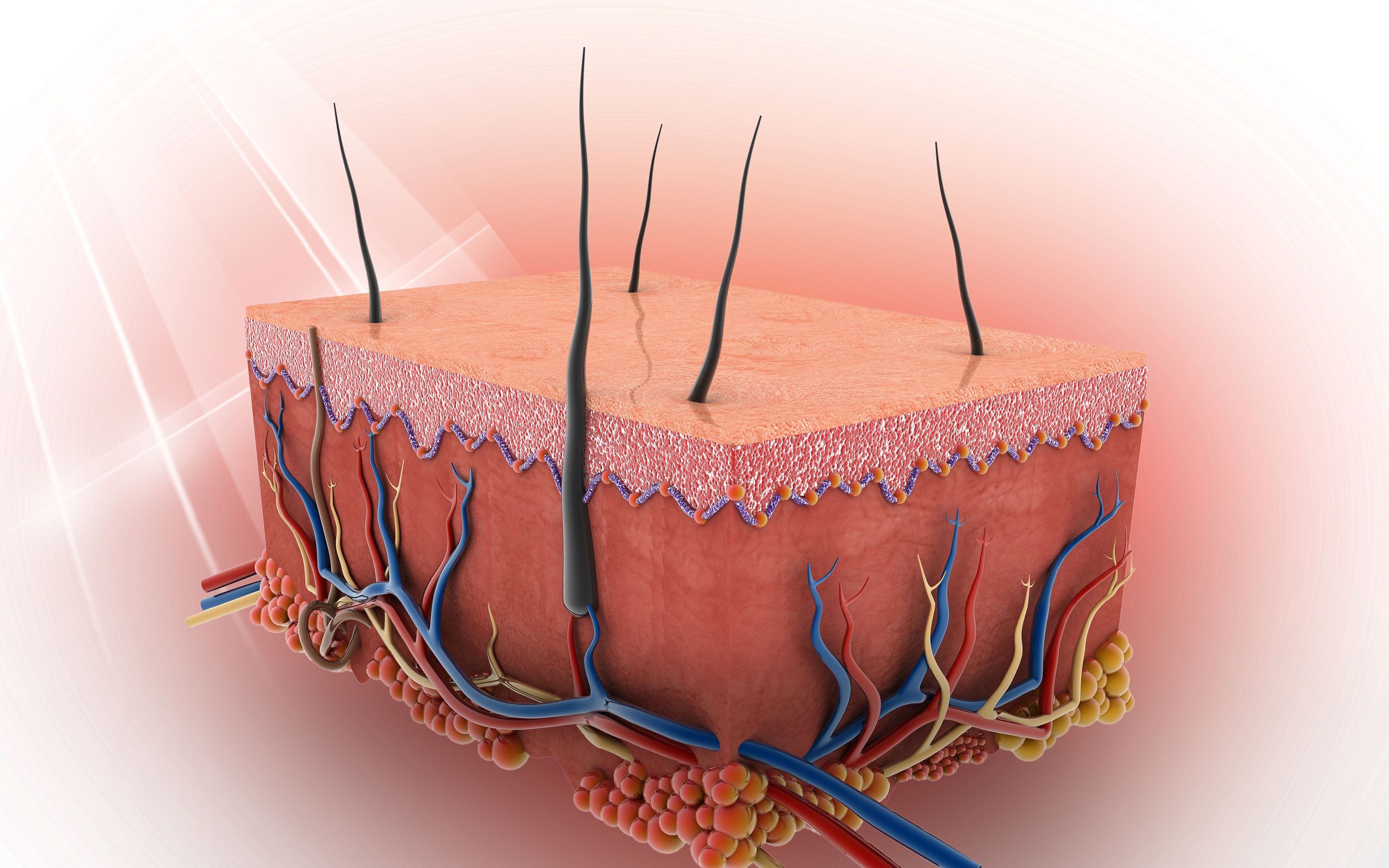
ctDNA Improved Predictor of Survival for Previously Treated Metastatic Uveal Melanoma

This clinical quandary discusses oligoprogressive disease in metastatic melanoma and how treatment with immunotherapy and targeted therapy affect the disease.

Tebentafusp has demonstrated promising responses in metastatic uveal melanoma, leading to FDA and European Medicines Agency approval of a biologics license application and marketing authorization application for the agent.
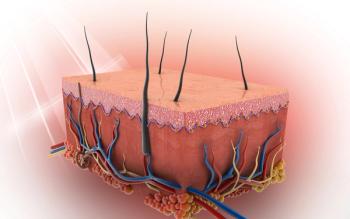
Gut microbes may help to predict adverse effects and outcomes in patients with advanced melanoma who are being treated with dual immune checkpoint inhibitors.

The results from a phase 1 trial that focused on a second cohort of patients with unresectable or metastatic melanoma identified positive safety and promising topline survival outcomes when treated with the combination of UV1 and pembrolizumab.

According to the results of the phase 2 KEYNOTE-629 trial, patients with locally advanced or recurrent/metastatic cutaneous squamous cell carcinoma appear to receive promising anti-tumor benefit from pembrolizumab.
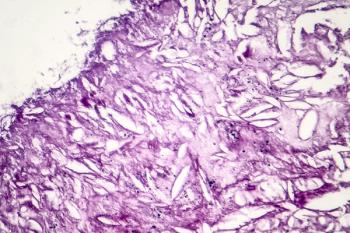
Pembrolizumab met its primary end point of prolonged recurrence-free survival in the phase 3 KEYNOTE-716 trial for patients with stage II resected high-risk melanoma.

Immunotherapy agent nemvaleukin alfa was granted an FDA fast track designation for the treatment of patient’s mucosal melanoma for previously undergone treatment with an anti-PD-L1 therapy.

Cemiplimab for patients with either metastatic or locally advanced basal cell carcinoma showed antitumor activity in a phase 2 trial.

Patients with PD-1 inhibitor-resistant melanoma who were treated with ipilimumab plus anti–PD-1 therapy saw significantly better long-term responses than those on ipilimumab alone.

Bempegaldesleukin plus nivolumab demonstrated positive antitumor activity while maintaining a tolerable safety profile in the PIVOT-02 trial for patients with previously untreated metastatic melanoma in the first-line setting.

Pembrolizumab has been granted an expanded indication by the FDA for locally advanced cutaneous squamous cell carcinoma.

Targovax announced the FDA granted fast track designation to its investigational agent ONCOS-102 for PD-1–refractory advanced melanoma.

With further follow-up, lifileucel (LN-144) continued to show durable responses in patients with heavily pretreated advanced or metastatic melanoma who have progressed on multiple therapies, including prior anti–PD-1/PD-L1 therapy

In an updated analysis of the combination of lenvatinib and pembrolizumab for patients with advanced melanoma efficacy results continue to show a durable response.

Nivolumab monotherapy, or in combination with ipilimumab, continued to demonstrate durable improvements in overall survival compared with ipilimumab alone in patients with previously untreated advanced melanoma.
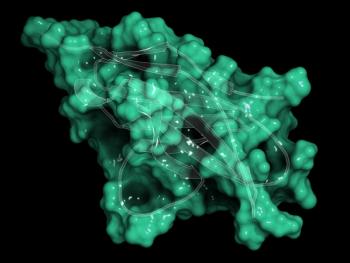
About 40% of patients who progressed on placebo following resection of melanoma experienced an objective response with crossover to pembrolizumab in the phase 3 EORTC 1325/KEYNOTE-054 trial.

A higher overall response rate was noted with lifileucel and pembrolizumab versus pembrolizumab alone in patients with checkpoint inhibitor–naïve advanced melanoma, according to phase 2 trial results that were reported at the 2021 ASCO Annual Meeting.

Progression-free survival more than doubled when relatlimab was added to nivolumab to treated patients with previously untreated, unresectable or metastatic melanoma.

The study concluded that immune-related adverse events were more common than previously anticipated following adjuvant anti–PD-1 therapy and persisted with prolonged follow-up.

Darovasertib as monotherapy for the treatment for patients with heavily pretreated metastatic uveal melanoma induced responses and promising rates of overall survival, according to preliminary data from a phase 1/2 trial.

Lifileucel (LN-144), the tumor-infiltrating lymphocyte therapy, showed a positive objective response rate with the median duration of response not yet reached after more than 28 months of follow-up in patients with advanced melanoma.

These data establish pembrolizumab as a promising treatment option for those with locally advanced and recurrent/metastatic cutaneous squamous cell carcinoma, according to Brett G.M. Hughes, MD.
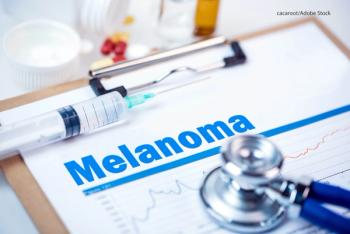
The combination adjuvant treatment of ipilimumab plus nivolumab did not meet the dual primary endpoints of the phase 3 CheckMate-915 trial, failing to improve relapse-free survival in the intent-to-treat and PD-L1 of less than 1% populations.
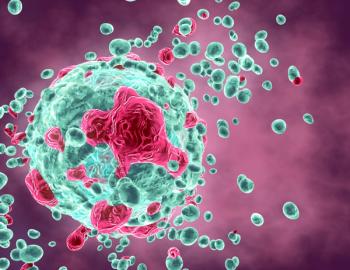
Frontline treatment with tebentafusp significantly improved overall survival in patients with metastatic uveal melanoma, according to data from the phase 3 IMCgp100-202 trial.
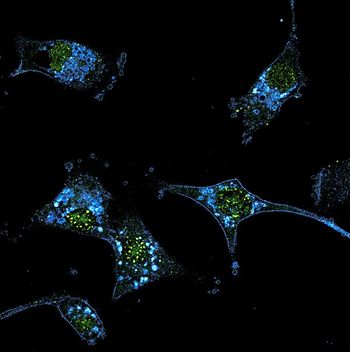
When compared against nivolumab alone, relatlimab plus nivolumab delayed progression in patients with unresectable stage III and IV untreated melanoma.